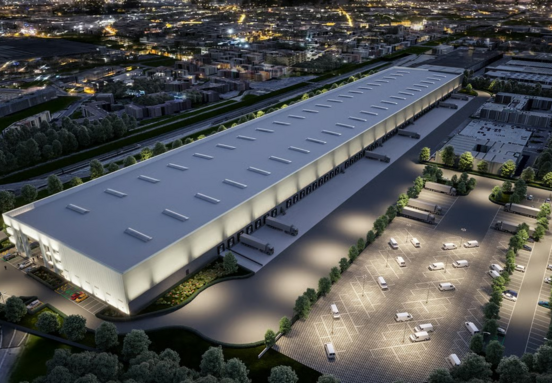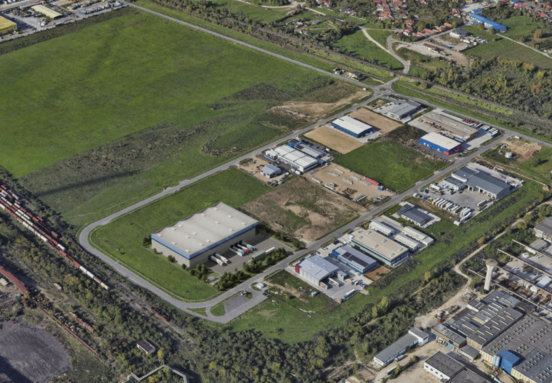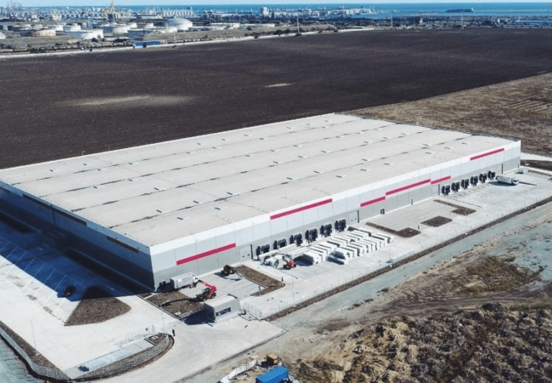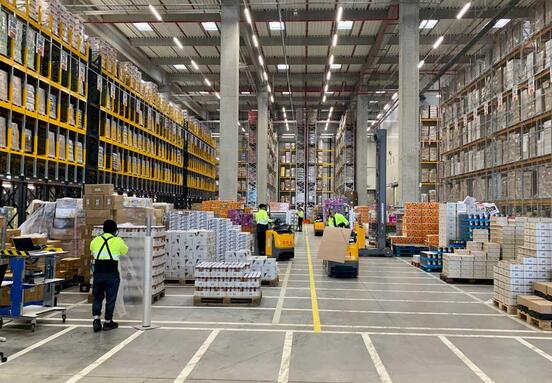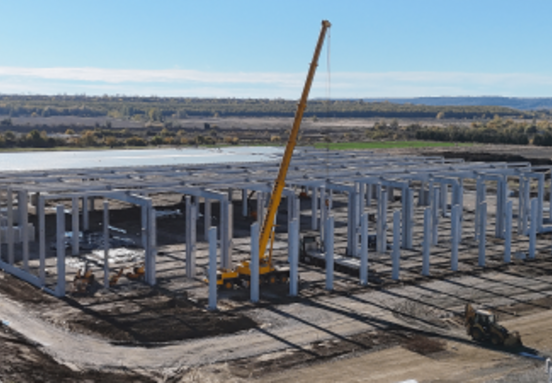"In September 2016, industry had bounced back at the end of five consecutive months of decline. But in October, activity slowed down again. The output indicator went down from 60 in September to 56 in October. It is currently one point above the average of the last 24 months. The sudden decline in the indicator means that the total volume of industrial goods and physical products made in October declined from one month previously," shows the barometer.
Short-term volatility, the barometer shows, is oftentimes a reflection of structural weakness, as the Romanian industry does not have enough domestic strength to absorb unexpected shocks, irrespective of their intensity.
"It is also noticeable that actual economic growth is not strong enough or long enough to attenuate structural vulnerabilities in the country's industry. On the other hand, perpetuating weaknesses progressively wears out industry's resistance to momentary shocks. Shocks in the short term are coming from three directions: new orders, orders for exports and production costs."
Indicators included in the study show demand in industry decreased from 60 points in September, to 57 points in October. Concomitantly, unexecuted orders shrank from 52 in September to 46 in October, which means that the industry is delivering received orders without getting new orders, not even for the same amount, let alone higher.
"New business orders for exports slightly increased from 61 in September to 64 in October. But not all Romanian companies are conducting exports. Consequently, expert orders should increase more substantially for a longer period of time if a positive effect is to be seen in the total output."
At the same time, production costs stayed high - at over 50 points - 59 in October, up from 58 in September. Imports of raw materials declined in October from September, from 62 to 57.
"In the absence of business orders, producers are reducing imports needed for production so as not to block circulating capital," the study says.
And yet, despite the decline, confidence in future activity increased from 55 to 58 points in October, on a monthly basis. "The explanation is the end of the year makes managers more confident because they focus more on future expectations than on the experience of the recent decline." (source: actmedia.eu)

